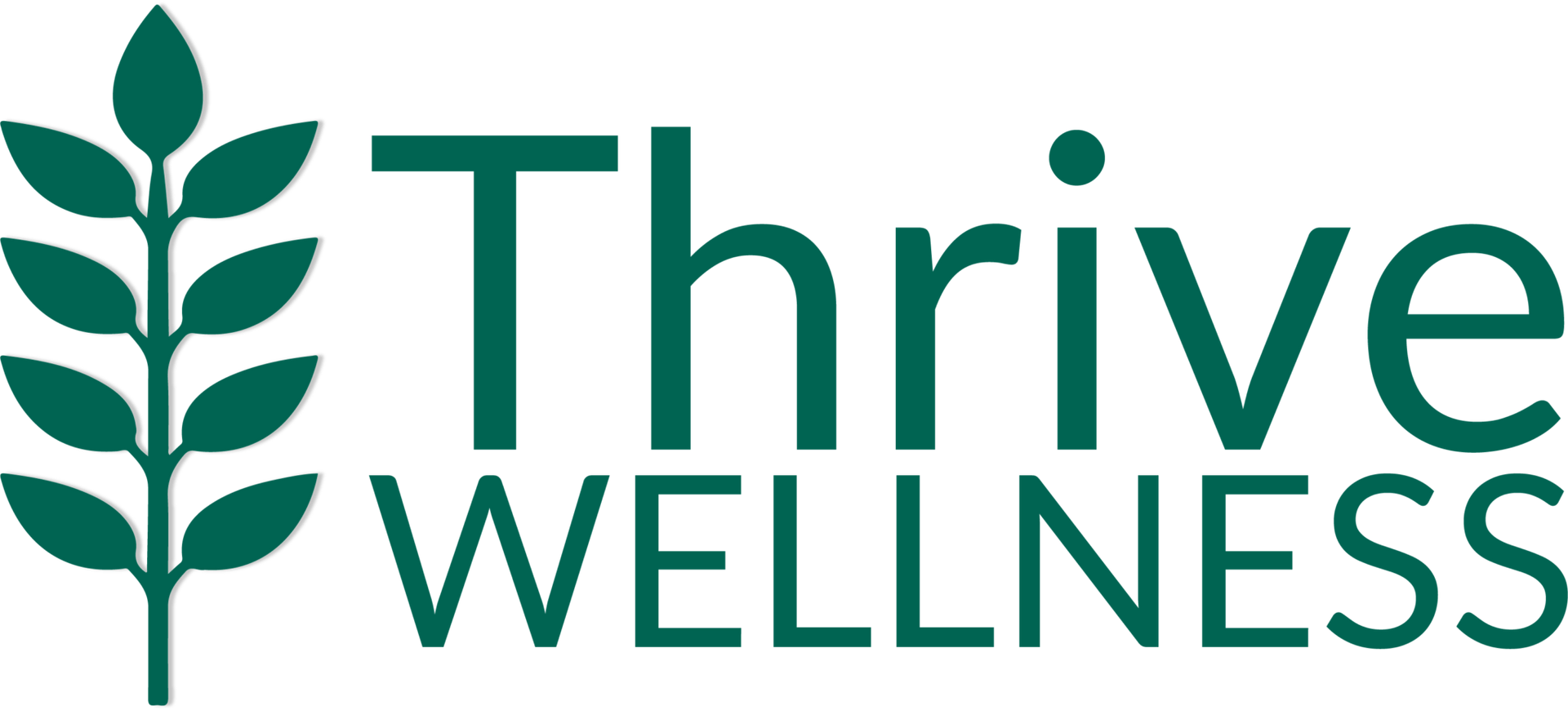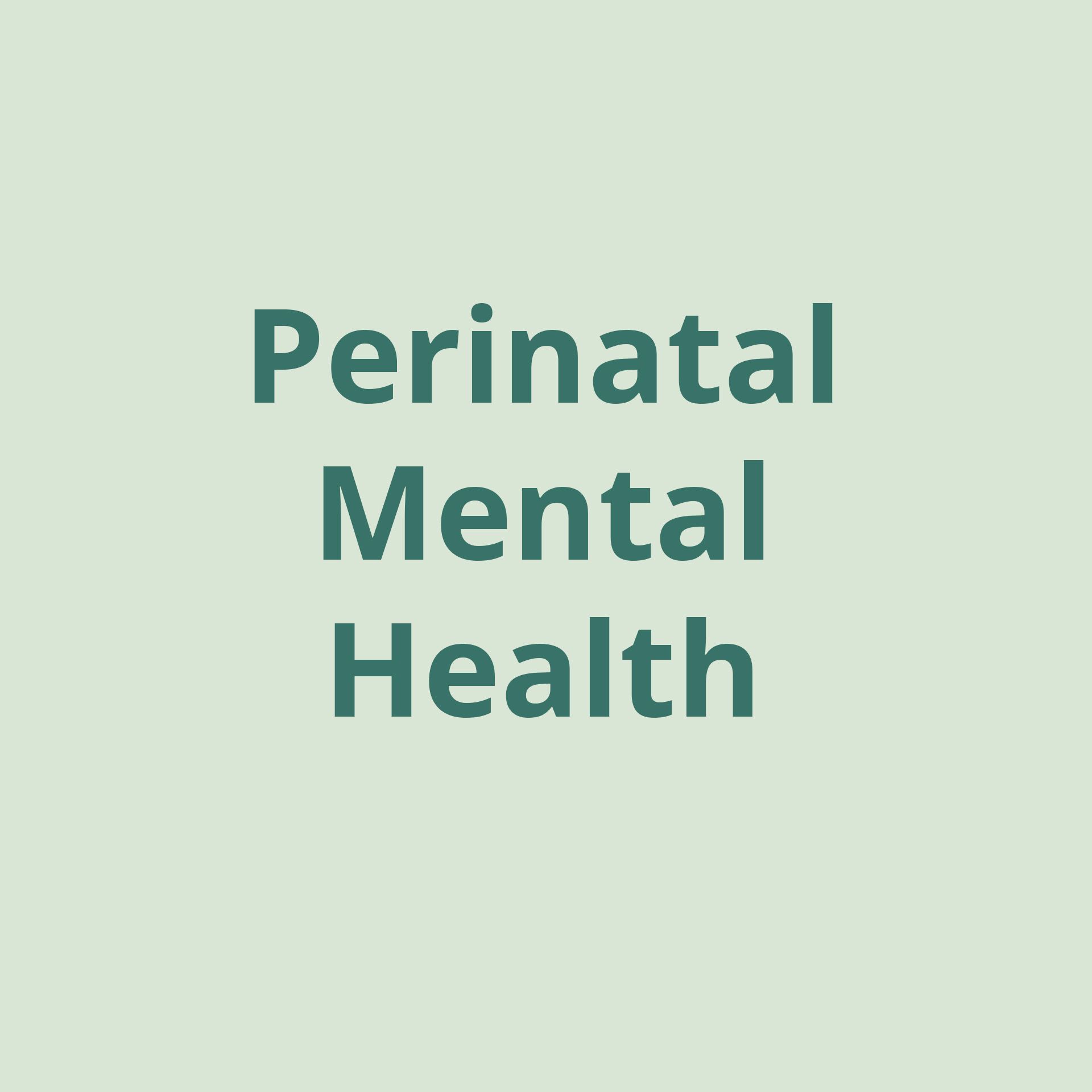The Differences Between Higher Levels of Care for Eating Disorders: Residential Treatment Programs, Partial Hospitalization Programs (PHP), and Intensive Outpatient Programs (IOP)

By Thrive Wellness’ National Director of Risk Management Kerstin Trachok, CPC
Eating disorders are complex and manifest differently from person to person. To address the varying severity of eating disorders , there are different levels of treatment for healing from these serious conditions. When one’s illness requires a higher level of care than general outpatient therapy and related services, eating disorder treatment programs from highest to lowest include:
- Inpatient treatment
- Residential treatment programs
- Partial hospitalization programs (PHP)
- Intensive outpatient programs (IOP)
A comprehensive clinical assessment will determine what level of care a client should begin in. Because healing is not linear and can look different for each individual, one’s treatment team may recommend they move to higher or lower levels of care as they navigate their journey to recovery. Any co-occurring mental health concerns will also influence a person’s recommended level of care.
Included in this article are brief overviews of each level of care with a primary focus on programs that emphasize therapeutic healing, (i.e. residential treatment programs, PHP, and IOP), rather than medical stabilization, (i.e. inpatient treatment).
INPATIENT TREATMENT FOR EATING DISORDERS
At an inpatient level of care, a person is typically severely medically unstable and requires constant medical attention. They may have depressed vital signs and other acute health risks while also being psychiatrically impaired. Inpatient treatment for eating disorders offers a hospital setting to provide tube feedings, perform daily laboratory tests, and ultimately help individuals reach medical stability.
RESIDENTIAL TREATMENT PROGRAMS FOR EATING DISORDERS
Residential treatment programs offer a structured environment that removes an individual from environmental stressors that may be contributing to the eating disorder. A person lives in a residential treatment center full time. This level of care prioritizes healthy weight restoration so the client can be prepared to do more intensive therapeutic healing later on in their recovery journey.
Some criteria for a person to be a part of a residential treatment program for eating disorders include:
- Body weight: The person has restored less than 85% of their target weight if they are underweight.
- Intrusive thoughts: Repetitive thoughts about disordered eating take up four to six hours of their day.
- Eating and compensatory behaviors: Generally, the client is somewhat responsive to encouragement to eat and is able to sustain themselves without a feeding tube, but usually requires a nutrition supplement. The person is often also unable to control compensatory behaviors, such as exercising and purging and requires constant supervision to keep them safe. They may, however, begin attempting to implement skills to keep themselves from disordered eating behaviors .
- Medical state: The individual may not be entirely medically stable, but they don’t require hospitalization or multiple laboratory tests every day.
- Motivation: The client’s motivation is generally relatively poor. They’re likely attending treatment to satisfy their loved ones, rather than their own desire to recover.
- Suicidality: The person may struggle with suicidal ideation which their clinicians are monitoring, but they aren’t actively engaging in suicidal behaviors.
- Support system: Due to the severity of the individual’s eating disorder, the client’s family doesn’t have the resources or knowledge to keep their loved one safe. Other times, a person may lack healthy relationships with their family and may not have a support system at all.
Residential treatment commonly includes:
- Medical support: Typically, a residential client has access to 24-hour nursing care to monitor their medical status.
- Nutrition support: When a person is in a state of starvation , their brain doesn’t function properly. At this level of care, dietitians are oftentimes most focused on refeeding the client’s body so that the person can be ready to integrate intuitive eating principles with less interference from thoughts related to the eating disorder.
- Therapeutic support: In residential treatment, individual and group therapy sessions generally focus on developing healthy coping skills to replace destructive behaviors.
PARTIAL HOSPITALIZATION PROGRAMS (PHP) FOR EATING DISORDERS
Similar to a residential treatment program, a PHP is generally very structured, focusing on continuing to restore weight, reduce eating disorder behaviors, and build skills. It is at this level, once a client is more medically stable, that deeper therapeutic work can be done. A PHP typically includes six to eight hours of treatment five to seven days a week. Thrive Wellness’ PHP offers 12 hours of treatment daily to accommodate clients who may be in between residential treatment program and PHP levels of care.
Some criteria for a person to be a part of a PHP for eating disorders include:
- Body weight: The person is typically above 80% of their target weight if they are underweight.
- Intrusive thoughts: The individual is preoccupied with intrusive thoughts about disordered eating for close to three hours per day.
- Eating behaviors and compensatory behaviors: The client is reducing their restriction and compensatory behaviors but still requires supervision around mealtimes . Often, PHP clients receive a supplement to help boost their nourishment.
- Medical state: The person is becoming more medically stable and doesn’t require extensive medical monitoring.
- Motivation: The individual client’s motivation is relatively fair while continuing to improve.
- Suicidality: Any suicidality is declining, but the client remains under clinical supervision.
- Support system: The person’s family and friends can provide at least some sense of support and structure to encourage recovery.
Partial hospitalization care commonly includes:
- Medical support: Even though the individual is becoming more medically stable, they still receive regular medical monitoring.
- Nutrition support: At this level of care, dietitians begin teaching the person about listening to their body’s hunger and fullness cues so that they may learn to trust their body and eat intuitively.
- Therapeutic support: Mental health professionals often begin helping the client manage intrusive thoughts related to their eating disorder while continuing to guide them in implementing healthy coping skills. Intensive family therapy is also usually integrated at this stage.
INTENSIVE OUTPATIENT PROGRAMS (IOP) FOR EATING DISORDERS
An IOP typically offers four hours of treatment three to five days a week. IOP clients are generally more self-sufficient and don’t require as much structure. Instead, they have more space to explore what their recovery looks like for them.
Some criteria for a person to be a part of an IOP include:
- Body weight: The person is within 90% of their target weight range.
- Intrusive thoughts: The thoughts driving the individual’s disordered eating behaviors are quieting down. They have developed more skills that help them refrain from engaging in disordered eating behaviors .
- Eating behaviors and compensatory behaviors: The client still participates in guided meals , but they are increasingly incorporating intuitive eating practices into their daily life. Any compensatory behaviors are still being monitored, however, the frequency of these behaviors is likely trending downwards.
- Medical state: The person is increasingly medically stable at this level of care, though still routinely monitored by specialists.
- Motivation: They are more internally motivated, rather than externally motivated.
- Suicidality: Ideally, any suicidal ideation has decreased.
- Support system: The client’s loved ones are engaged in their recovery by attending any family therapy sessions, helping them with meals they’re not having during treatment programming, and supporting their healing overall.
Intensive outpatient care commonly includes:
- Medical support: The person continues to receive medical monitoring as they work on restoring their weight.
- Nutrition support: Guided by their nutritionists, the individual begins implementing intuitive eating principles and other gentle nutrition skills into their daily life.
- Therapeutic support: A client’s therapeutic team will dive deeper into the psychological factors that may be contributing to their eating disorder and any other co-occurring mental health concerns, such as anxiety or depression . They’ll continue to help the client implement healthy coping skills.
EATING DISORDER TREATMENT AT THRIVE WELLNESS
At Thrive Wellness, we currently offer PHP and IOP treatment for eating disorders, which varies by location. Our treatment programs involve psychiatry, individual and family therapy, primary care, occupational therapy nutrition counseling, and mindful movement. Our treatment teams collaborate on each client’s treatment to provide integrated, comprehensive care, Thrive Wellness’ interdisciplinary clinicians tend to mental, physical, and emotional health while helping individuals implement an intuitive nutrition philosophy that emphasizes adequacy, balance, and choice in eating . Reach out to learn more about our eating disorder treatment services .
About the Author
Thrive Wellness’ National Director of Risk Management Kerstin Trachok, CPC
Kerstin received her master’s degrees in clinical mental health counseling and school counseling from the University of Nevada, Reno. She has several years of experience in the counseling field working in different settings and treating a wide array of mental health issues. Her experience includes working in schools with children of all ages, clients with psychosis in a hospital setting, and adults and teens in private practice as well as working at an agency providing counseling to children and families and two years of experience working with eating disorders at the partial hospitalization program (PHP) and intensive outpatient program (IOP) levels of care.
Kerstin is a fully licensed clinical professional counselor in the state of Nevada and received her certification in Complex Trauma Levels I and II. She has experience working with children, teens, adults, and families with trauma, anxiety, grief, depression, attention-deficit/hyperactivity disorder (ADHD), autism spectrum, suicidal ideation, eating disorders, obsessive-compulsive disorder (OCD), and behavioral issues. Kerstin is passionate about fostering clients’ growth and autonomy while providing a safe and secure space to process emotions. She uses creative interventions and other tools to allow clients to voice their internal experiences beyond traditional talk therapy and her modality of choice is acceptance and commitment therapy (ACT). She uses mindfulness tools and techniques to help clients be present-moment oriented and reduce stress so they may move towards psychological flexibility. Kerstin believes all individuals have the right to live a full and vital life.








